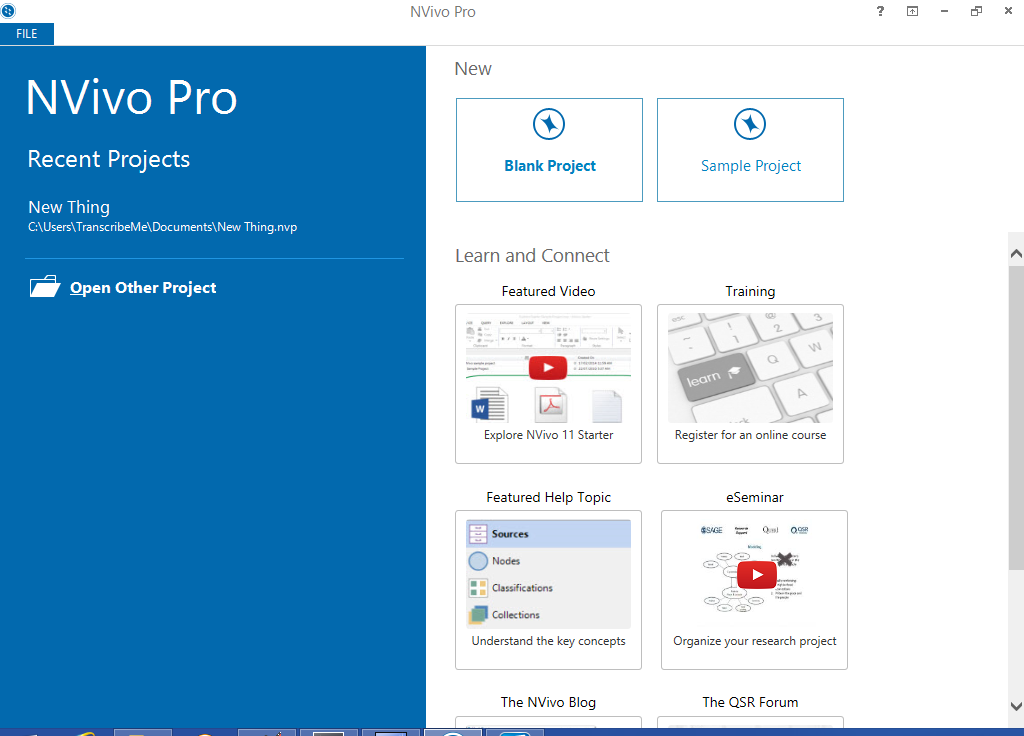
The mitigation of FT is critical as it not only places economic hardship on individuals and their families, but may lead to psychological distress and suboptimal coping behaviours, including poor treatment adherence, or treatment abandonment, delayed care seeking, missed appointments, prioritising employment above optimal health-related decisions, and failure to purchase prescribed medicines. Both patients and healthcare professionals (HCPs) have been thrust into a rapidly changing environment of care and costs, with HCP training and information provision not keeping pace.ĭespite traditional and emerging complexities, consideration of cancer-related FT risks, advising patients of these risks, and managing these risks remains fundamental to the practice of oncology. For others, advances in treatment and reductions in toxicity have allowed them to remain in, or return to the workforce sooner, and the rapid uptake of telehealth since the COVID-19 pandemic has reduced many patient-borne costs of attending in-person clinic appointments. For many cancer patients treated with precision medicine, living-with cancer is increasingly common and has led to the reconfiguring of cancer as a chronic illness, with long-term healthcare costs during the survivorship period and impacts on returning to employment.

For example, new technologies, tests, and treatments, especially those not yet listed by insurance companies or government subsidy programs, are greatly increasing the on-treatment costs to patients.

However, historical data is becoming rapidly outdated with the emerging use of new oral agents, immunotherapies, precision medicine, and telehealth, each of which have greatly altered treatment pathways, outcomes, and costs, leaving both patients and clinicians to navigate a new, and in flux, financial landscape.

Since the term “financial toxicity” was coined in 2013, many studies have described the types of expenses and risk factors which contribute to FT, as well as measured (in absolute and relative terms) the extent of FT among cancer patients and survivors.


 0 kommentar(er)
0 kommentar(er)
